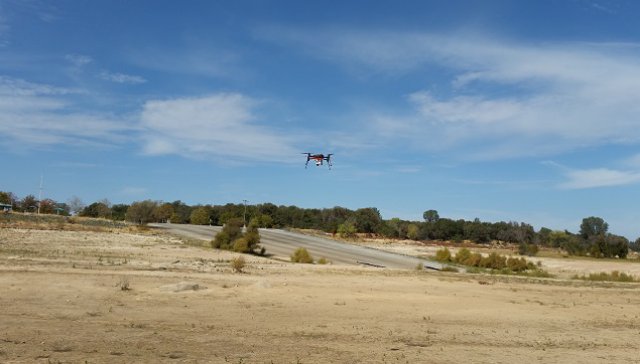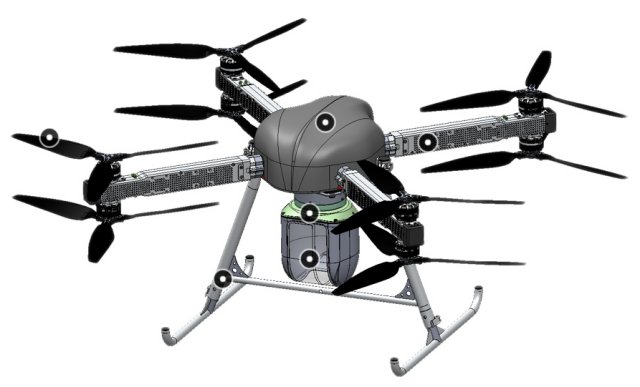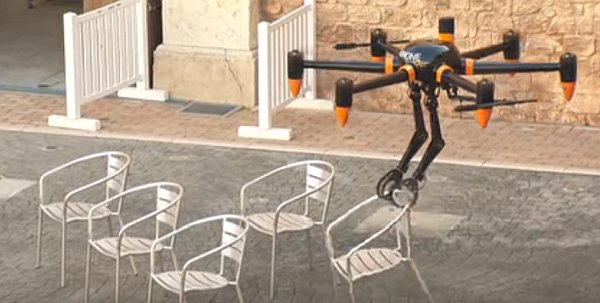Draganfly Tests Miniaturized Hyperspectral Sensors
 Wednesday, October 26, 2016 at 09:20AM
Wednesday, October 26, 2016 at 09:20AM Draganfly Innovations has announced that they have signed an agreement with Optical Filter Corporation, a subsidiary of Corning Incorporated to integrate their miniaturized advanced hyperspectral camera system into Draganfly’s UAVs.
Draganfly will assist in preparing Corning’s new miniaturized, fully integrated hyperspectral imaging system (HSIS) for commercial release by integrating the system onto the Draganflyer Commander. Draganfly is developing a motorized 2-axis gimbal specifically for Corning’s system, and will conduct flight testing exercises in California.
Corning’s system combines high spectral and spatial resolution in a small form factor. It is a fully self-contained system including hyperspectral sensor, INS-GPS, and on-board computer for system management and recording of imagery and navigation data. It offers a 50% reduction in size, weight and power consumption to comparable systems. Data collected by this system can be used to identify specific vegetation species, determine relative crop health, develop irrigation strategies, and create yield optimization strategies.
Flown on the Draganflyer Commander, Corning’s hyperspectral sensor system will help customers obtain higher crop quality, implement sustainable farm management practices and identify opportunities to increase revenue and profit per acre.
“We are pleased to work with Draganfly to show the value of our small form factor hyperspectral system innovations with UAVs,” said David Velasquez, commercial director, Corning Advanced Optics. “We’ve been focused on delivering an outstanding hyperspectral solution for UAV applications. Our full system is small enough to work with Draganfly’s UAV technology while at the same time being cost effective. Our work with Draganfly is an important way for us to demonstrate the value of hyperspectral technology for applications like precision agriculture.”
“We are thrilled to be working with Corning on this project,” said Draganfly CEO, Cameron Chell, “We are excited to provide our customers, specifically those in agriculture, with an easy way to take advantage of hyperspectral imaging to monitor the health of their crops more efficiently.”
Source: Press Release


1.jpg)




